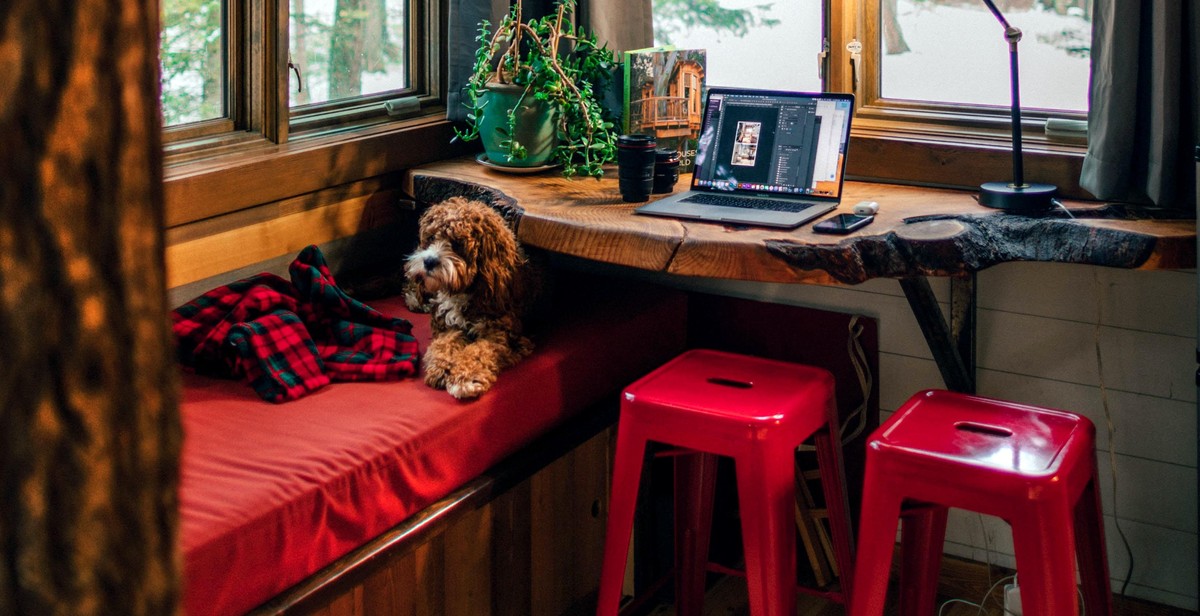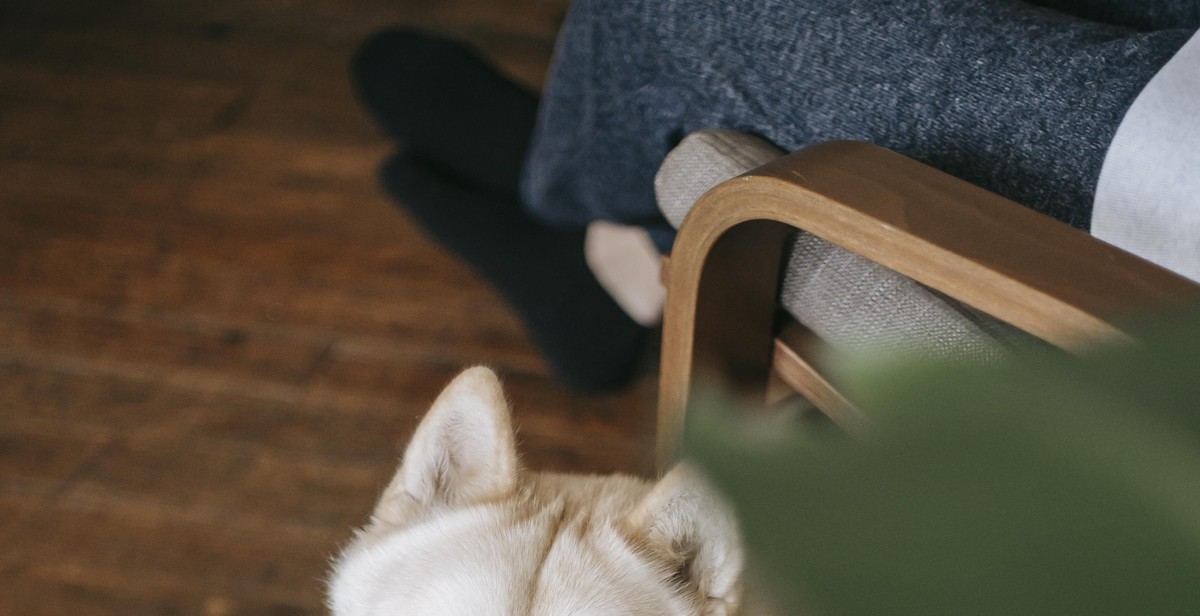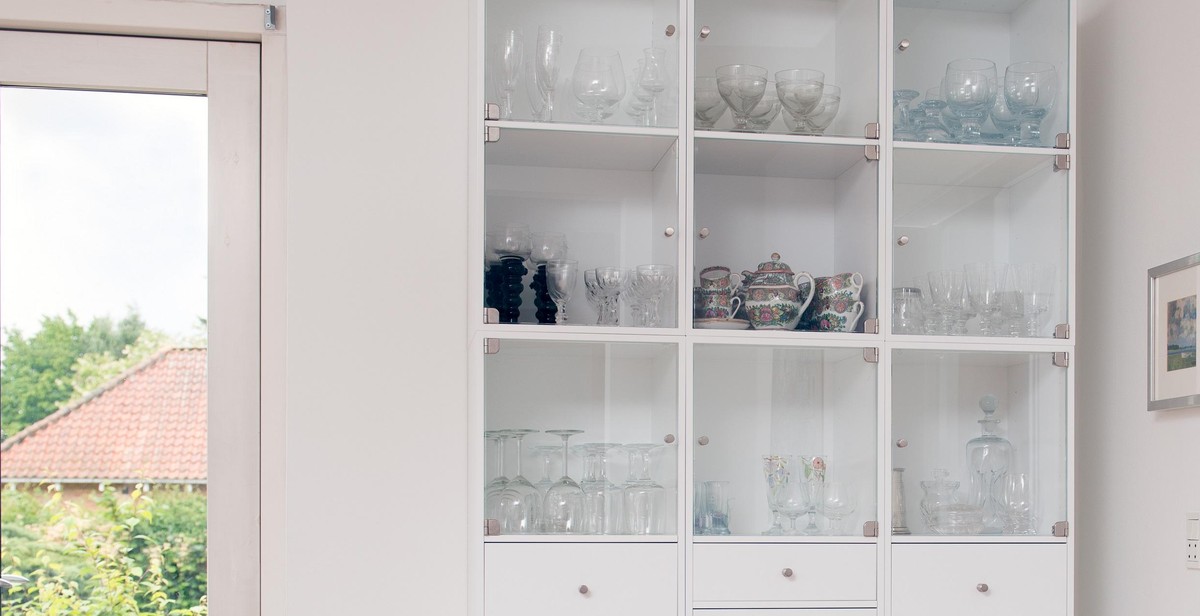Introduction: How to Build a Customized Dog House for Your Furry Friend
As a dog owner, one of the most important things you can do for your furry friend is to provide them with a safe and comfortable living space. While there are many options available in the market, building a customized dog house can be a rewarding and fulfilling experience for both you and your pet.
Why Build a Customized Dog House?
Building a customized dog house has several advantages over buying a pre-made one. Firstly, it allows you to design a house that perfectly fits your dog’s size, breed, and personality. You can choose the materials, colors, and features that will make your dog feel most comfortable and secure.
Secondly, building a dog house can be a fun and creative project that you can do with your family or friends. It can be a bonding experience and a way to express your love and care for your pet.
Finally, a customized dog house can save you money in the long run. While the initial investment may be higher than buying a pre-made one, a well-built dog house can last for years and provide your dog with a cozy and safe shelter for all seasons.
- In this article, we will guide you through the process of building a customized dog house step by step.
- We will provide you with tips and tricks on how to choose the right materials, measure and cut the wood, assemble the house, and add finishing touches.
- Whether you are a seasoned DIYer or a beginner, you will find this article helpful and informative.
So, let’s get started and build a comfortable and stylish home for your furry friend!

Step 1: Planning and Preparation
Building a customized dog house for your furry friend is an excellent way to provide them with a comfortable and safe space to relax and sleep. However, before you start building, you need to plan and prepare for the project.
Choosing the Right Location
The first step is to choose the right location for the dog house. You need to consider the weather conditions in your area and choose a spot that is sheltered from rain, wind, and extreme temperatures. Additionally, you should choose a location that provides shade during hot summer months.
Designing the Dog House
The next step is to design the dog house. You can find many free dog house plans online or create your own design. It is essential to choose a design that suits your dog’s size and breed and provides enough space for them to move around comfortably.
Gathering Materials
Once you have a design, you need to gather the materials required for the project. The materials you need will depend on your chosen design. Typically, materials required include wood, roofing materials, insulation, screws, nails, and paint or stain.
Tools You Will Need
You will also need to gather the necessary tools for the project. The tools you need will depend on your chosen design, but some essential tools include a saw, hammer, drill, measuring tape, and level. You may also need a jigsaw, circular saw, and a router for more complex designs.
- Wood
- Roofing materials
- Insulation
- Screws
- Nails
- Paint or stain
By planning and preparing for the project, you can ensure that you have everything you need to create a comfortable and safe space for your furry friend.

Step 2: Building the Foundation
Before you start building your customized dog house, you need to lay the foundation. A solid and level foundation is essential for the stability and durability of the dog house. Here are the steps to lay the foundation:
Laying the Foundation
- Mark the area where you want to build the dog house. Use stakes and strings to create a square or rectangle shape.
- Dig holes for the four corners of the foundation. The depth of the holes should be at least 1 foot.
- Place concrete footers in the holes and let them dry for at least 24 hours.
- Attach the pressure-treated 2×4 boards to the footers using anchor bolts. Make sure the boards are level and square.
- Add additional 2×4 boards to create the frame of the foundation. Use joist hangers to attach the boards to the corner posts.
- Fill the frame with gravel or crushed stone to create a level surface. Use a tamper to compact the gravel.
Framing the Floor
Once the foundation is in place, you can start framing the floor of the dog house. The floor should be strong enough to support the weight of your furry friend. Here are the steps to frame the floor:
- Measure and cut the pressure-treated 2×4 boards to the size of the floor.
- Attach the boards to the foundation frame using joist hangers.
- Add additional 2×4 boards to create the floor joists. The distance between the joists should be no more than 16 inches.
- Fill the floor frame with 3/4 inch plywood or oriented strand board (OSB).
- Secure the plywood or OSB to the floor frame using decking screws.
- Cut a hole in the floor for the entrance to the dog house. The size of the hole should be slightly larger than your dog.
With the foundation and floor in place, you are ready to move on to the next step, which is framing the walls of the dog house.

Step 3: Building the Walls
Now that you have the foundation and the roof in place, it’s time to build the walls of your customized dog house. This step involves framing the walls, adding insulation, and choosing the right siding.
Framing the Walls
The first step in building the walls is to frame them. You can use either 2×4 or 2×6 lumber for framing. Cut the lumber to the appropriate length and width, and then nail them together to form the wall frames. Make sure that the frames are square and level before proceeding to the next step.
Adding Insulation
After framing the walls, the next step is to add insulation. Insulation is important because it helps keep your dog warm in the winter and cool in the summer. There are many different types of insulation available, but the most common ones are fiberglass and foam board insulation. Cut the insulation to fit the wall frames and then attach it using staples or glue.
Choosing the Right Siding
Once the insulation is in place, you can then choose the right siding for your dog house. There are many different types of siding available, including wood, vinyl, and metal. The type of siding you choose will depend on your personal preference, budget, and the climate in your area. Make sure that the siding you choose is durable and able to withstand the elements.
- Wood siding is a popular choice because it is durable and looks great. However, it requires regular maintenance to keep it looking good.
- Vinyl siding is low maintenance and easy to clean, but it may not be as durable as wood.
- Metal siding is durable and long-lasting, but it can be expensive.
Once you have chosen the right siding, attach it to the wall frames using nails or screws. Make sure that the siding is properly sealed to prevent drafts and moisture from getting in.
| Materials Needed: | Tools Needed: |
|---|---|
| 2×4 or 2×6 lumber | Saw |
| Insulation (fiberglass or foam board) | Hammer or nail gun |
| Siding (wood, vinyl, or metal) | Screws or nails |
| Sealant | Level |

Step 4: Building the Roof
Building the roof for your customized dog house is the next step in creating a comfortable and safe space for your furry friend. Here are some important things to consider when building the roof:
Framing the Roof
The first step in building the roof is to frame it. You can use either a simple gable roof or a more complex hip roof design depending on your preference. Use 2x4s or 2x6s to create the roof frame and make sure it is securely attached to the walls of the dog house. You can also add additional support beams to ensure the roof can withstand any weather conditions.
Choosing the Right Roofing Material
Choosing the right roofing material is crucial to protect your dog from the elements. There are several options available, including shingles, metal roofing, and even thatch. Shingles are a popular choice as they are easy to install and come in a variety of colors to match your home’s roof. Metal roofing is durable and long-lasting, while thatch provides a rustic and natural look.
Adding Ventilation
Proper ventilation is essential to ensure your dog’s comfort and health. You can add vents or windows to the roof to allow for air flow and prevent the dog house from becoming too hot or stuffy. Make sure the vents are covered with mesh or wire to prevent insects or other creatures from entering the dog house.
| Roofing Material | Pros | Cons |
|---|---|---|
| Shingles | Easy to install, variety of colors | Not as durable as other materials |
| Metal Roofing | Durable, long-lasting | Can be noisy during rain or hail |
| Thatch | Rustic, natural look | Requires frequent maintenance and replacement |
By following these steps, you can build a customized dog house with a sturdy and weather-resistant roof. Your furry friend will thank you for providing them with a comfortable and safe space to call their own.

Step 5: Finishing Touches
Now that the main structure of your customized dog house is complete, it’s time to add the finishing touches to make it truly unique and comfortable for your furry friend.
Adding a Door
A door is an important addition to your dog house as it provides a way for your pet to enter and exit the house safely. You can choose from a variety of door styles depending on your dog’s size and preferences. A simple flap door is easy to install and allows your dog to come and go as they please. Alternatively, you can install a hinged door with a latch for added security.
Adding Windows
Windows are a great way to add natural light and ventilation to your dog house. You can choose from a variety of window styles and sizes depending on the size of your dog house and your dog’s needs. A small window can be added to the side or back of the house to allow for fresh air and sunlight to enter. You can also install a skylight to provide additional natural light.
Adding a Porch or Deck
A porch or deck is a great addition to your dog house as it provides a comfortable place for your pet to relax and enjoy the outdoors. You can choose from a variety of porch or deck styles depending on your dog’s size and preferences. A simple raised platform with a railing can be added to the front of the house to create a porch. Alternatively, you can build a more elaborate deck with stairs and a roof for added protection from the elements.
With these finishing touches, your customized dog house is complete and ready for your furry friend to enjoy!

Conclusion
Building a customized dog house for your furry friend can be a fun and rewarding experience. By following the steps outlined in this article, you can create a comfortable and safe space for your dog to call their own.
Remember to take into account your dog’s size, breed, and habits when designing and building their new home. Consider adding insulation, ventilation, and a waterproof roof to ensure your dog stays warm and dry in all weather conditions.
Investing in a customized dog house can also save you money in the long run, as it can prevent damage to your home and furniture caused by your dog’s chewing, scratching, and shedding.
Don’t forget to add personal touches such as a nameplate or a cozy bed to make it truly feel like home for your furry friend.
Overall, building a customized dog house can be a fun and practical project for any dog owner. With the right tools, materials, and guidance, you can create a safe and comfortable home that your dog will love.
